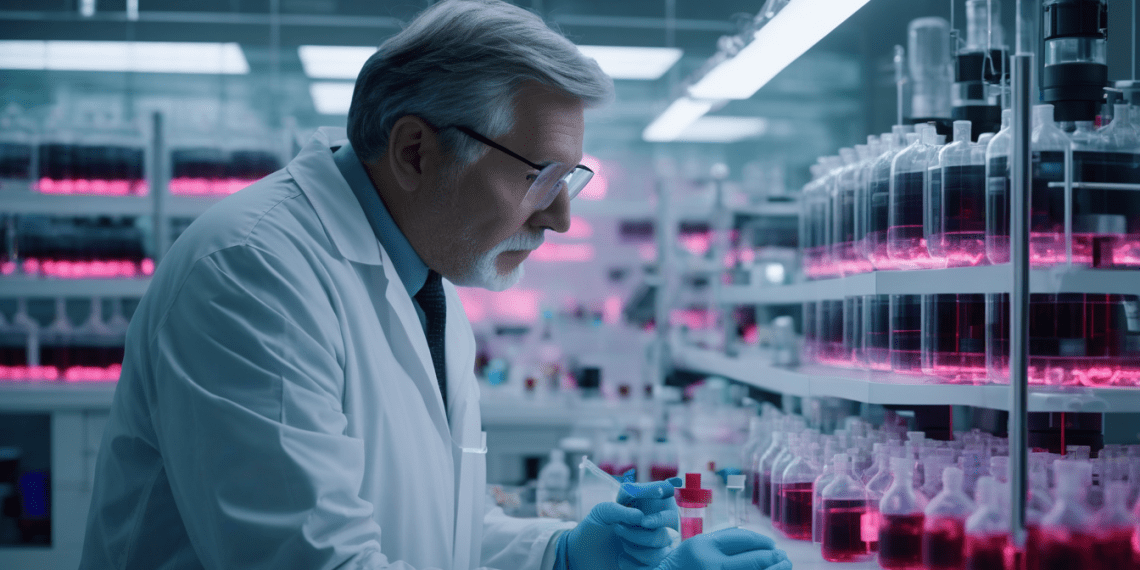Unlocking the Potential of Young Blood
Recent research in the field of gerontology has revealed intriguing evidence that young blood plasma may harbor the secrets to combating age-related decline. A landmark 2014 study has shown that when older mice receive plasma transfusions from their younger counterparts, they exhibit improved cognitive functions and enhanced synaptic plasticity, two areas often affected by aging.
Decoding the Science Behind Age Reversal
The study, conducted by researchers from Stanford University, involved systematically infusing old mice with plasma from young mice. The results were nothing short of remarkable, with older mice displaying a reversal in signs of aging within their brains. This research has sparked a wave of interest in the potential of plasma therapies to extend human healthspan and combat neurodegenerative diseases.
From Mice to Men: The Journey Towards Human Application
While the experiments have predominantly been in animal models, they lay the groundwork for human clinical trials. The implications of such findings could mean a future where plasma therapies are used as a preventative or therapeutic measure against the cognitive decline often seen in the elderly.
Embracing a New Age of Therapeutic Strategies
As the research progresses, it is critical to approach the findings with cautious optimism. The scientific community is working diligently to understand the complexities and ethical considerations of such treatments. For those interested in the potential benefits of young blood plasma, it is advised to stay informed of the latest research developments and to consult with healthcare professionals before considering any form of plasma therapy.
Exploring the Study Further
For those eager to dive deeper into the study’s findings, the original research titled ‘Young Blood Reverses Age-Related Impairments in Cognitive Function and Synaptic Plasticity in Mice’ can be found in the archives of Stanford University’s research publications.






